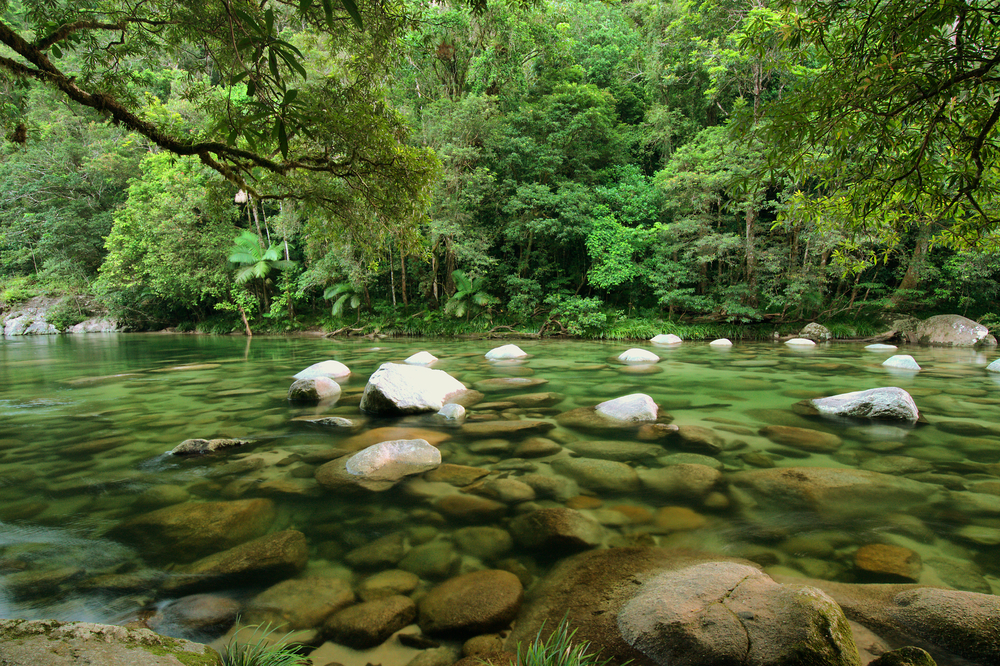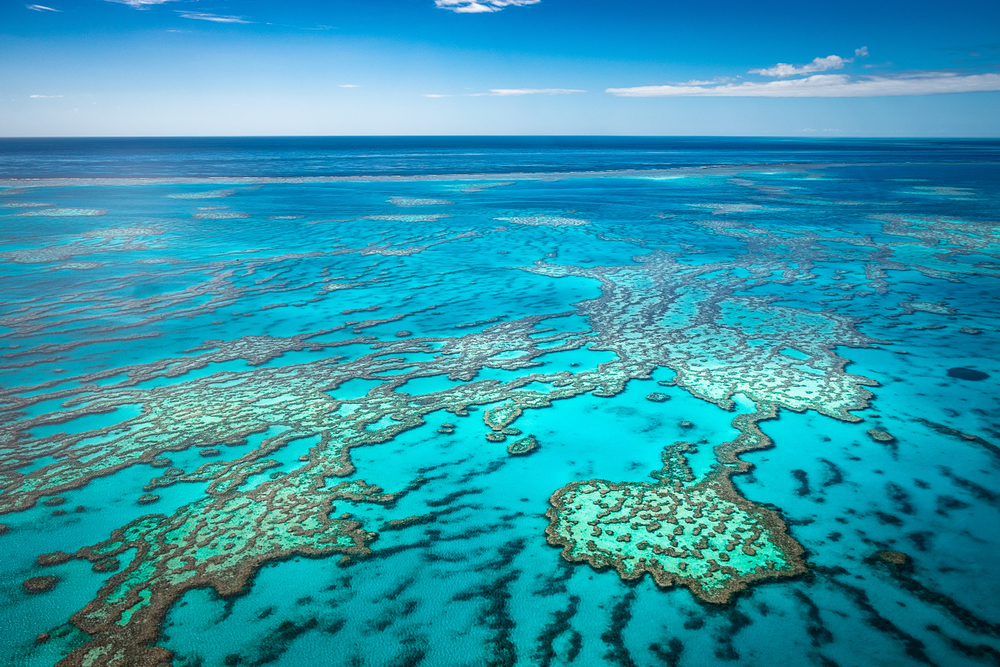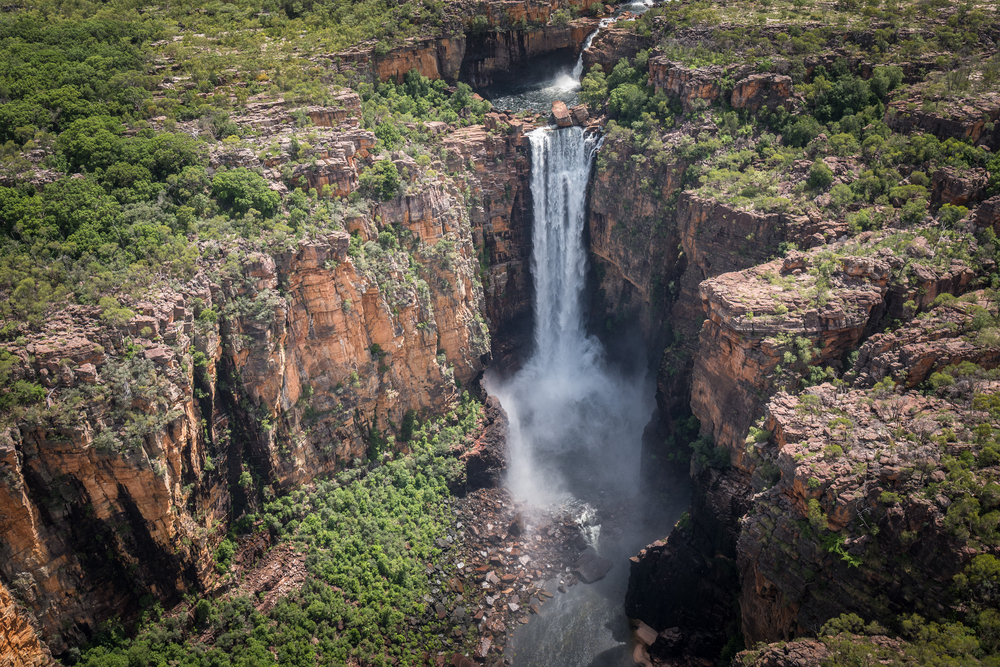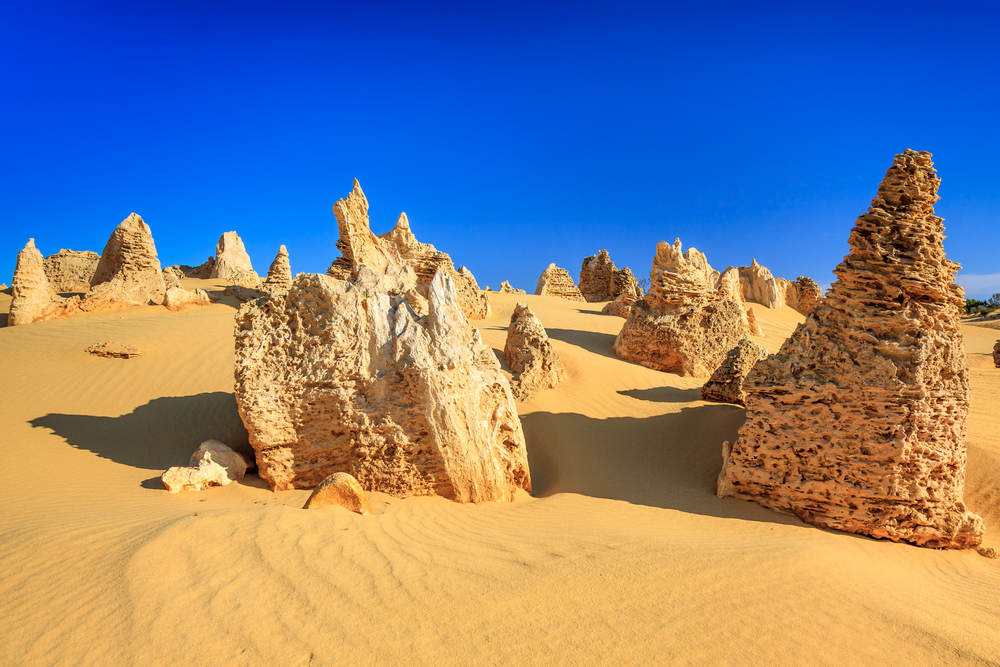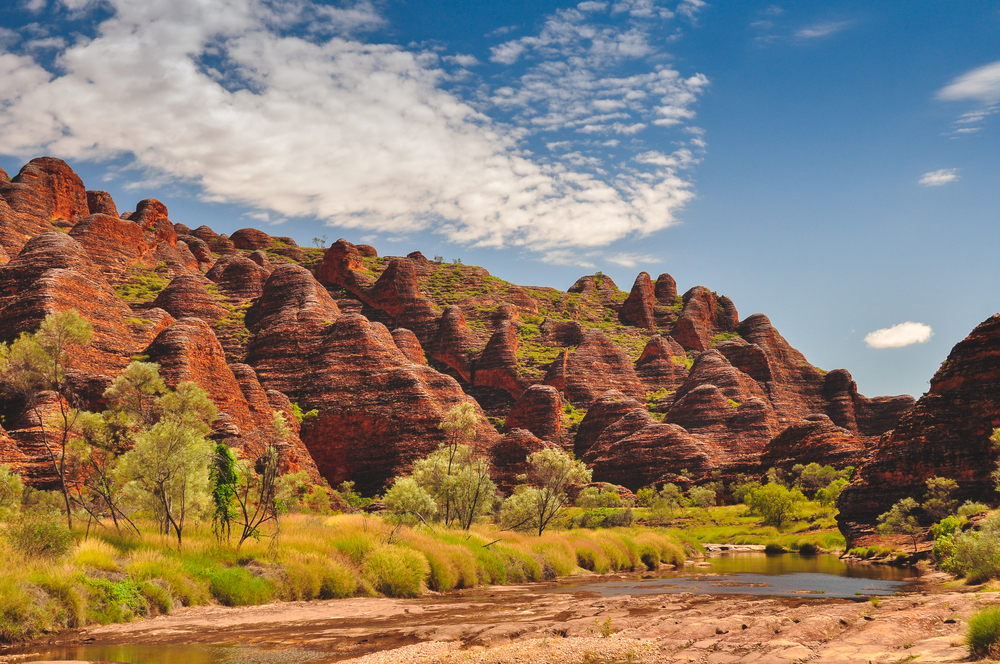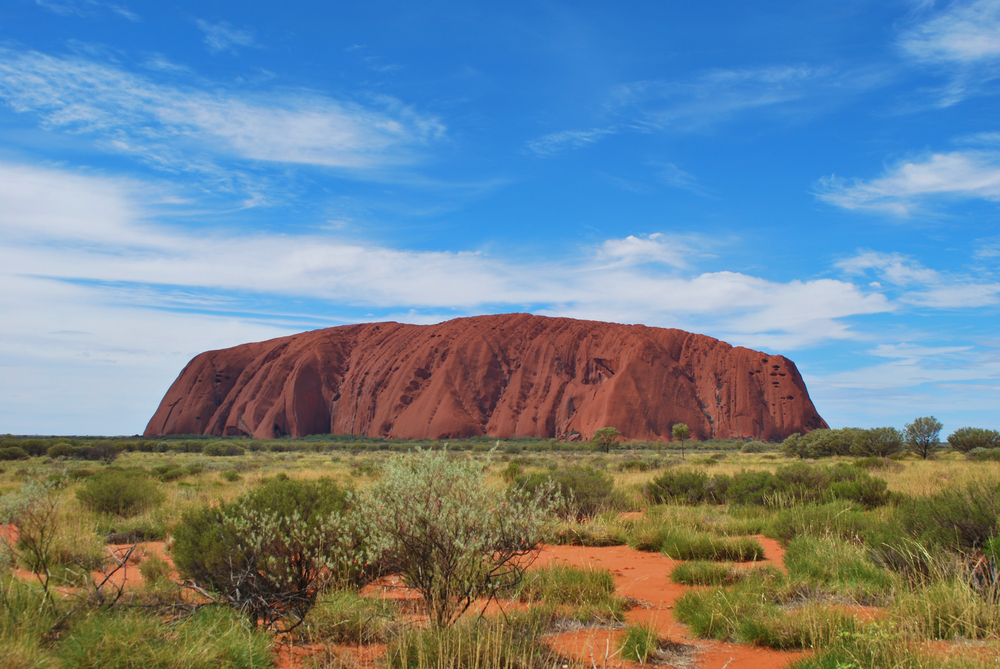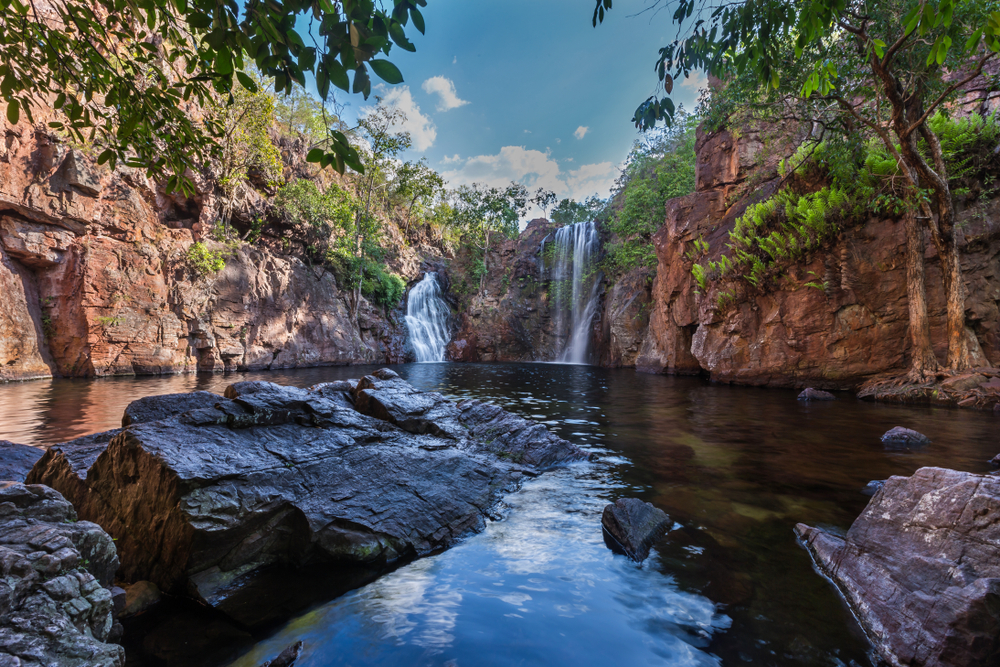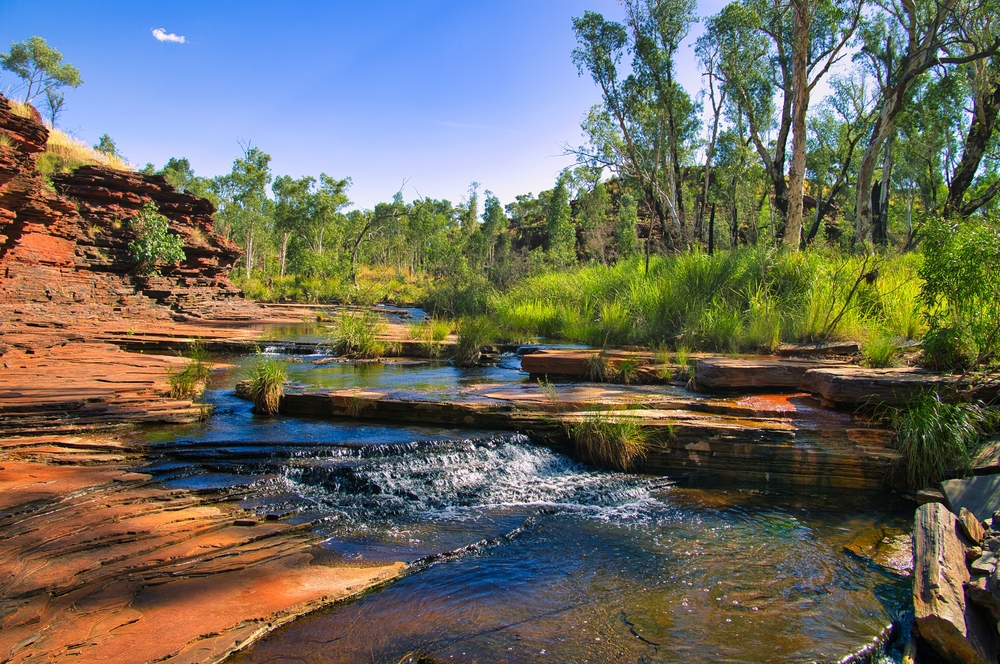Flinders Ranges Overview
Flinders Ranges National Park, known in the local language as Ikara-Flinders Ranges National Park, is a stunning protected area located in South Australia, approximately 200 miles (320 km) north of Adelaide.
The park covers an area of 349 square miles (905 square kilometers) and is known for its rugged mountain ranges, scenic gorges, and dramatic landscapes. The most prominent feature of the park is Wilpena Pound, a natural amphitheater-like formation surrounded by a ring of mountains. Other notable geographic features include St. Mary Peak, the highest point in the range, Bunyeroo Gorge, and Brachina Gorge, which offers a striking look at the park’s geological history.
The park is characterized by its arid terrain, with rocky hills, ridges, and open woodlands. Vegetation in the park includes native species such as river red gums, cypress pines, and acacias, which thrive in the dry, rugged landscape.
Flinders Ranges National Park is home to a wide variety of wildlife, including iconic Australian mammals like the western gray kangaroo, the red kangaroo, and the elusive yellow-footed rock wallaby. These wallabies are particularly notable due to their distinctive striped tails and their status as a conservation success story within the park.
Visitors may also encounter the common echidna, which can be seen foraging for ants and termites. The park is a haven for birdwatchers, with more than 100 bird species recorded, including wedge-tailed eagles, Australian ringneck parrots, and emus.
These birds are often seen soaring above the rugged cliffs or foraging among the native vegetation. The diverse range of fauna makes the park an ideal destination for those interested in wildlife observation and photography.
The park offers several popular features and attractions, including the scenic Brachina Gorge Geological Trail, which takes visitors through a journey of 650 million years of Earth’s history. Another key feature is the Old Wilpena Station, a historic pastoral site that provides insight into the region’s cultural heritage.
Visitors can explore walking trails of varying lengths and difficulties, such as the hike to St. Mary Peak, which offers panoramic views of Wilpena Pound and the surrounding landscape. Other activities include mountain biking, camping, and guided tours that highlight the natural and cultural history of the park. The park’s remote location and dark skies also make it an excellent spot for stargazing.
Visitors can experience the park in a variety of ways, from self-guided hikes and scenic drives to ranger-led activities and cultural tours led by the Adnyamathanha people, the traditional custodians of the land. Camping is a popular way to immerse oneself in the park’s rugged environment, with various campgrounds available throughout the park.
For those seeking a more comfortable stay, there are accommodations available at the Wilpena Pound Resort, located within the park itself. The park’s terrain, wildlife, and cultural heritage provide a range of opportunities for exploration and adventure.
Conservation efforts in Flinders Ranges National Park have focused on protecting the park’s unique ecosystems and native species. The successful reintroduction and ongoing protection of the yellow-footed rock wallaby is a notable conservation achievement.
However, the park faces ongoing challenges, such as managing the impact of invasive species, soil erosion, and the effects of climate change. Park management works closely with the local Adnyamathanha community to ensure that traditional knowledge is integrated into conservation practices, helping to preserve the park’s natural and cultural heritage for future generations.












































































